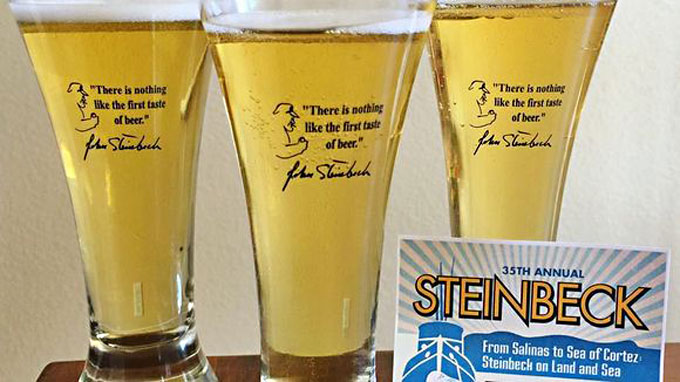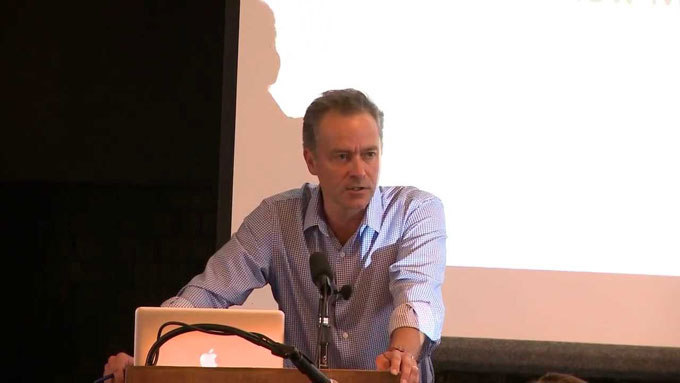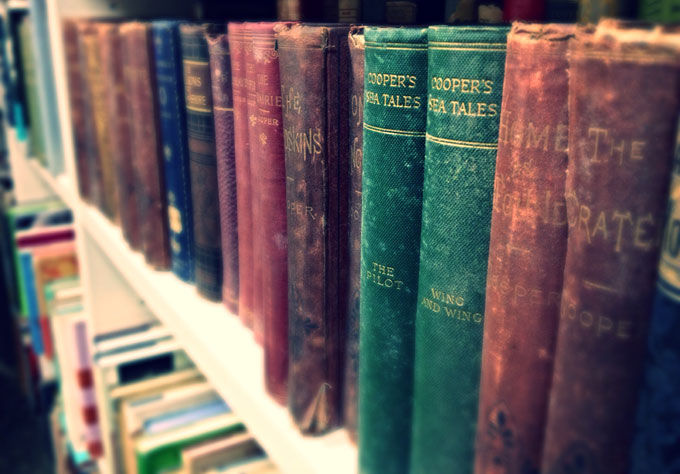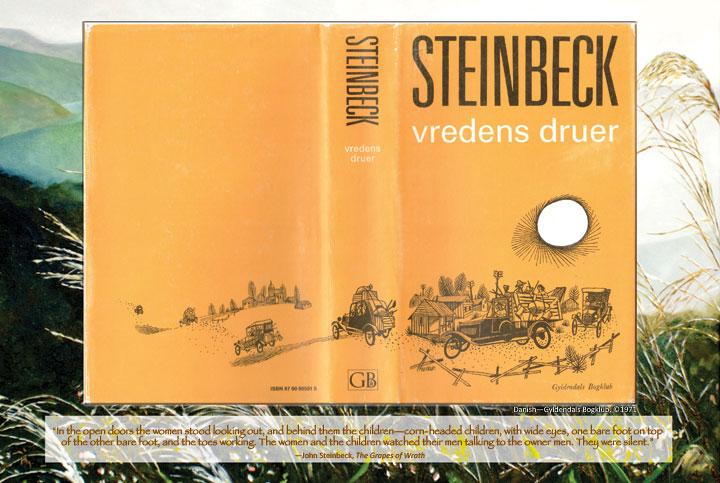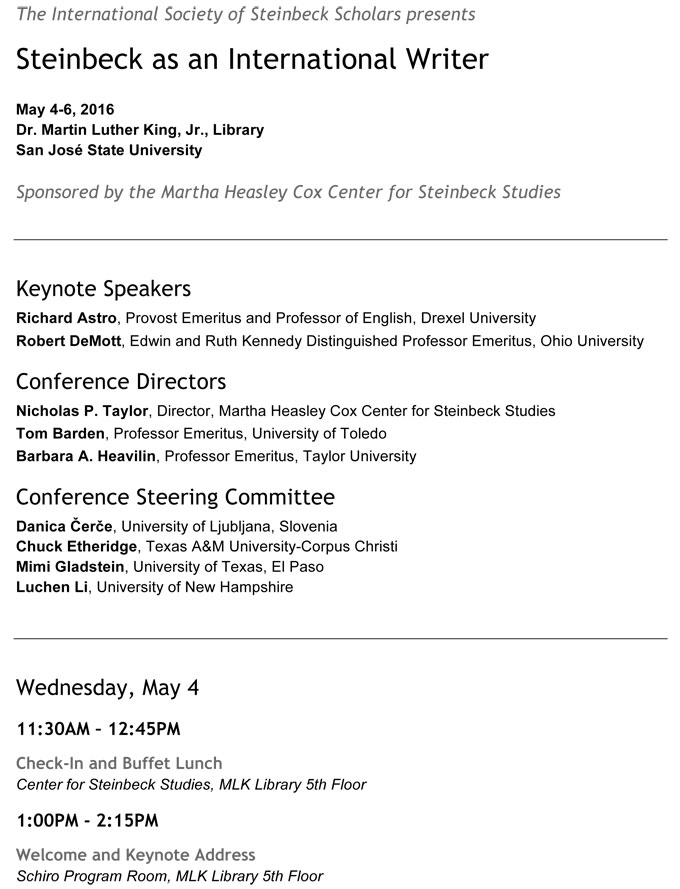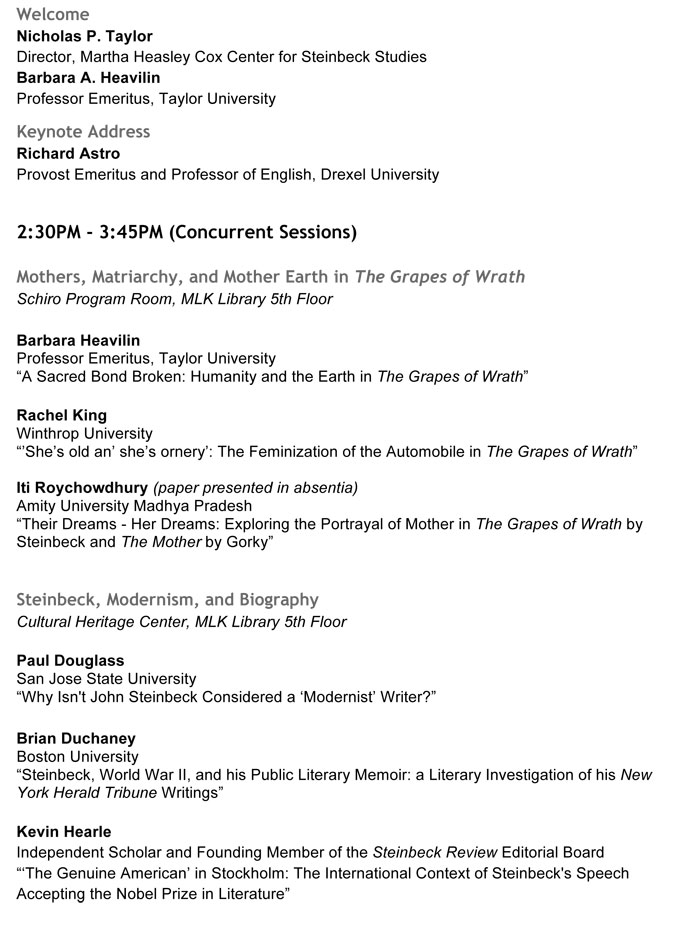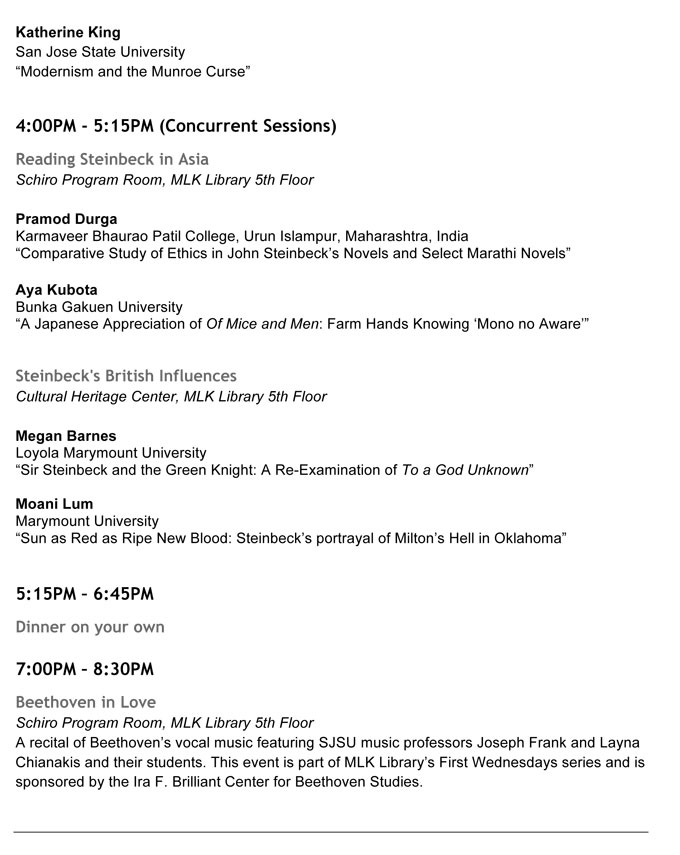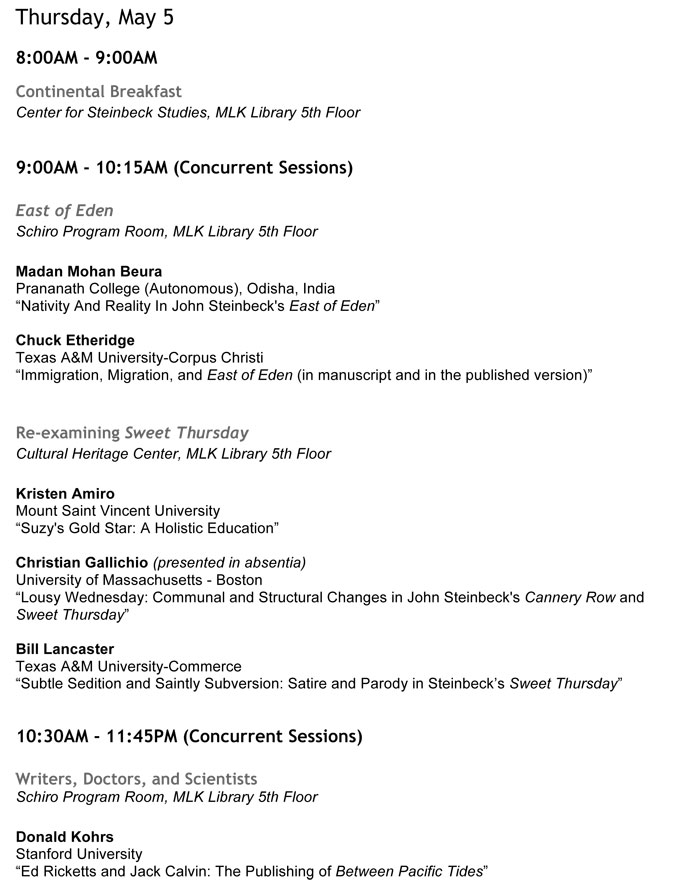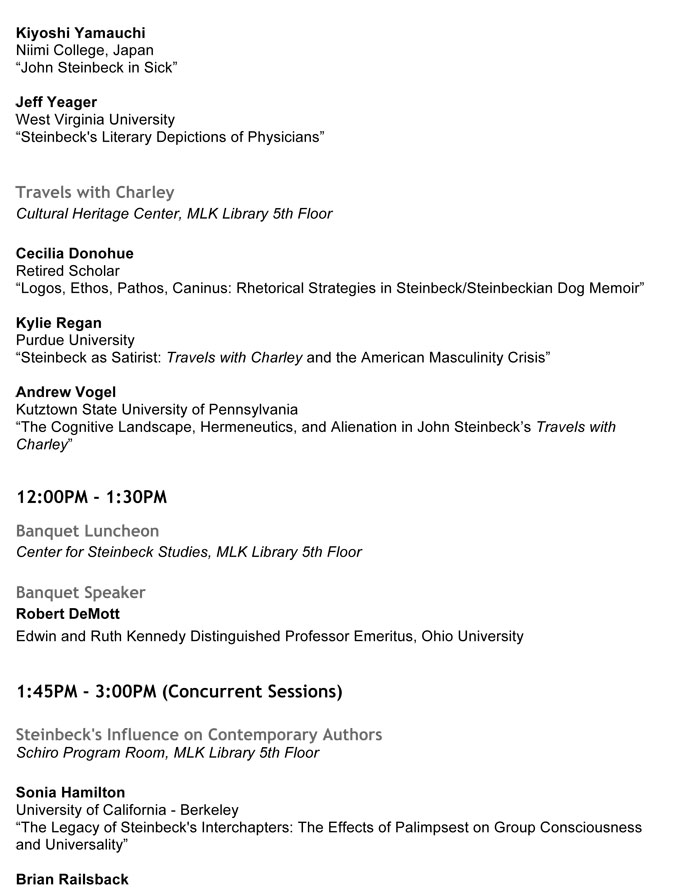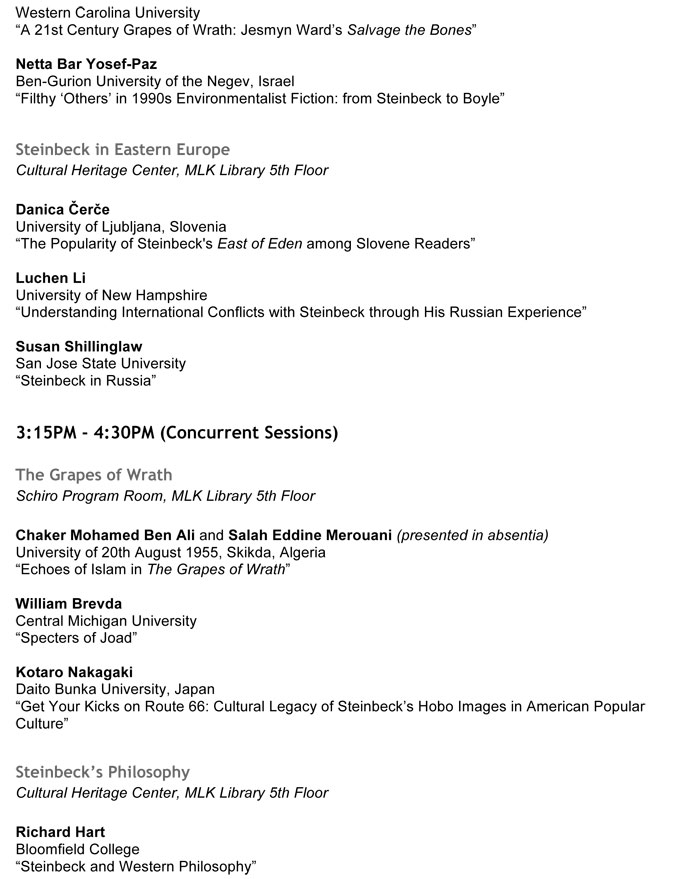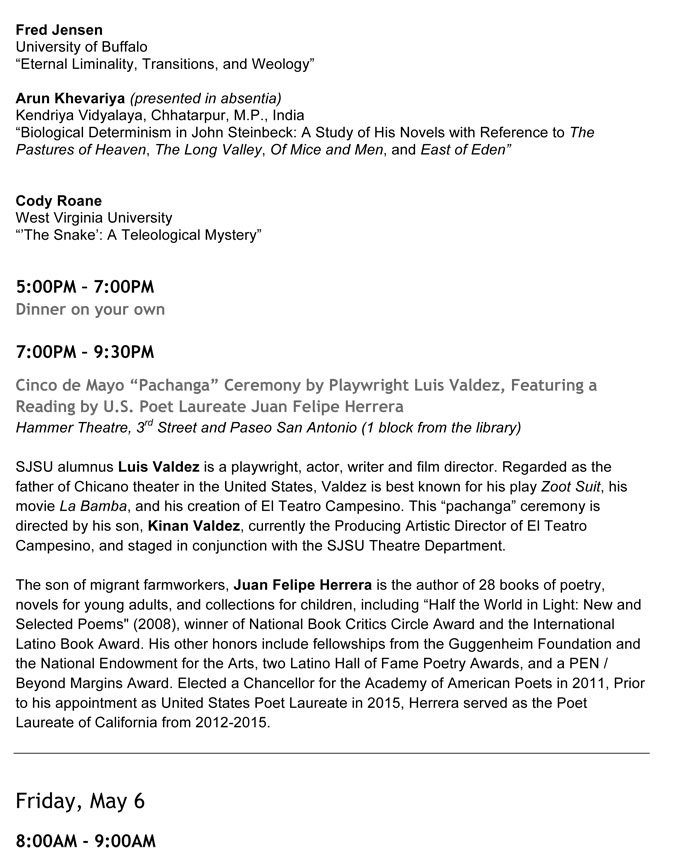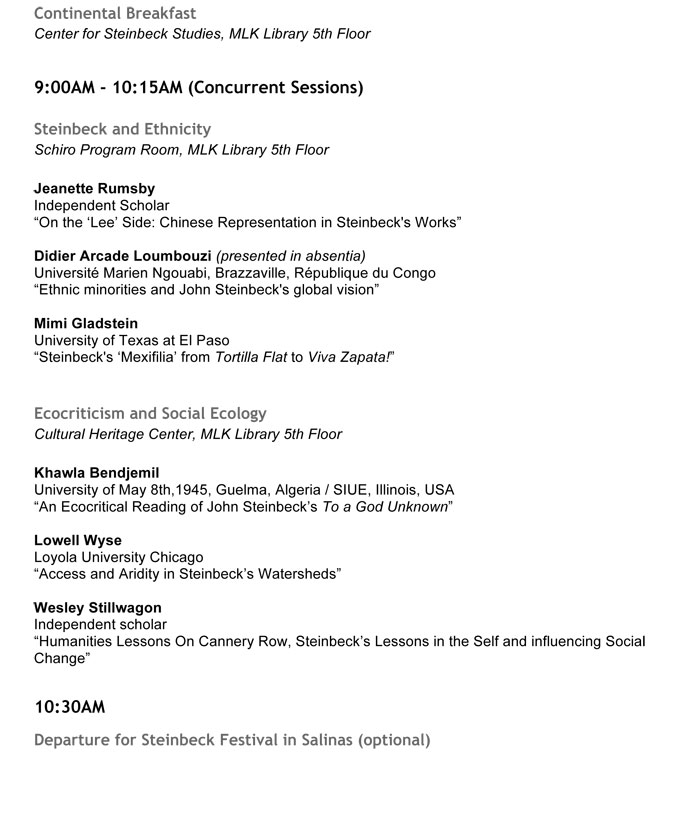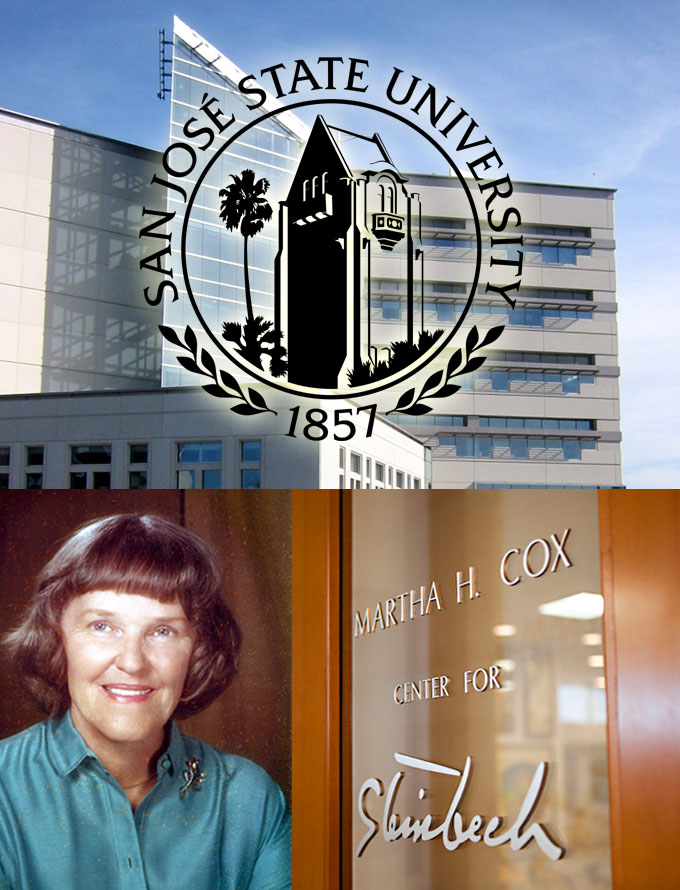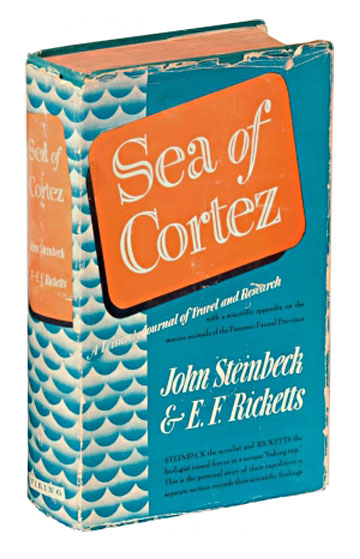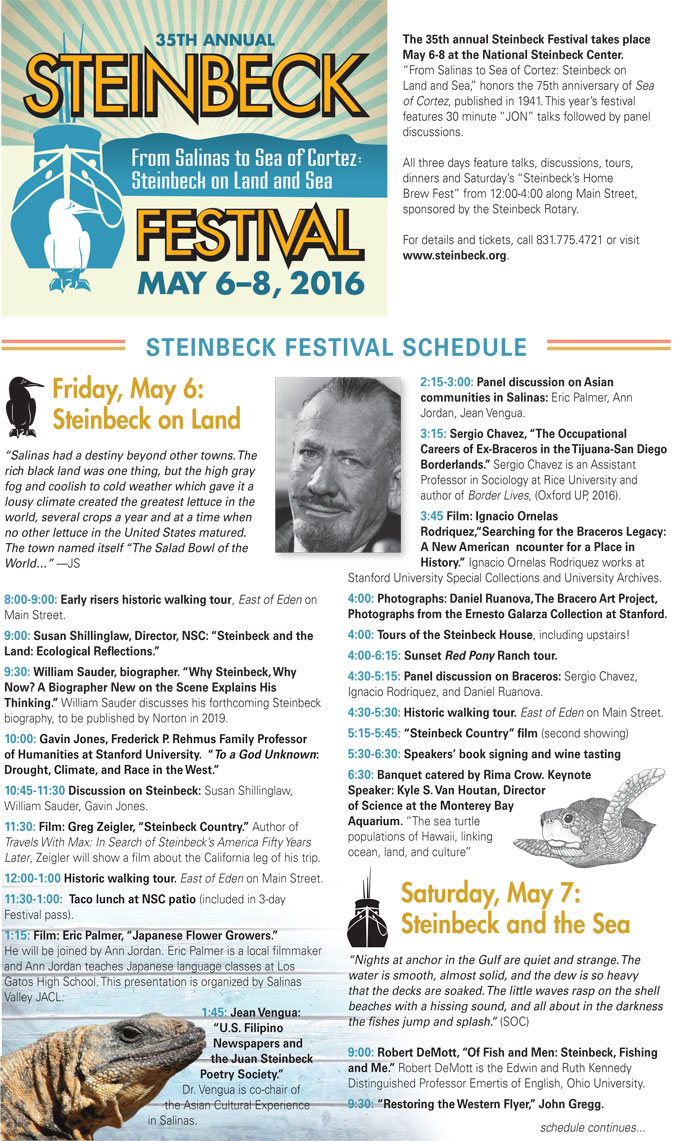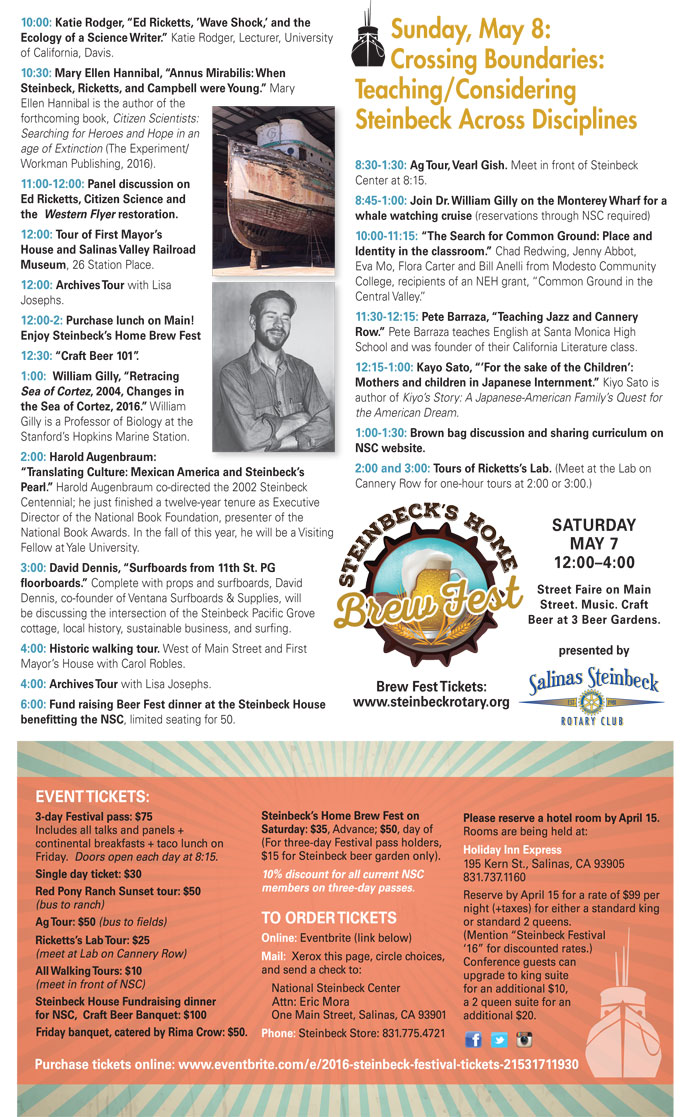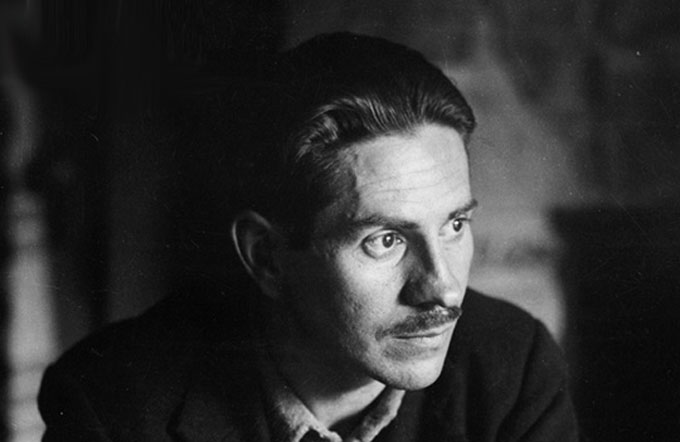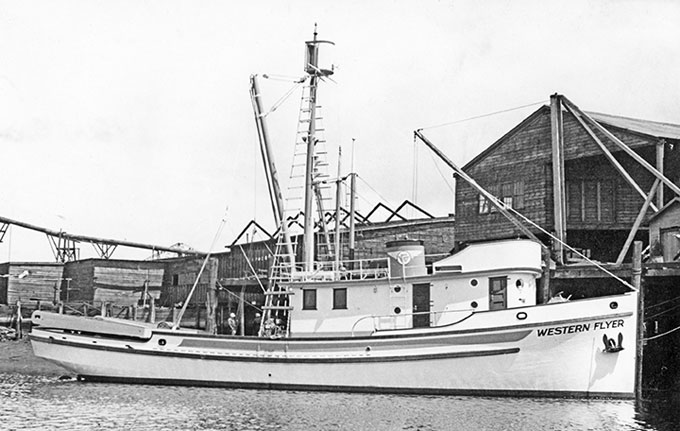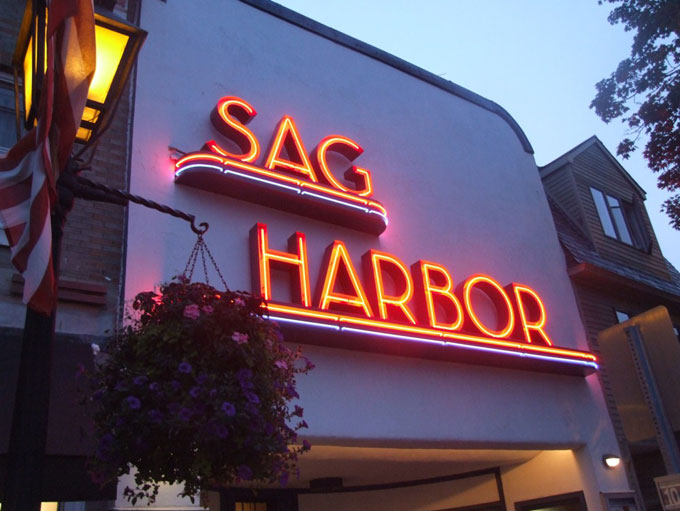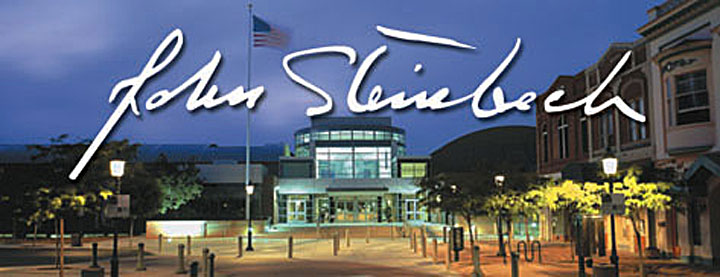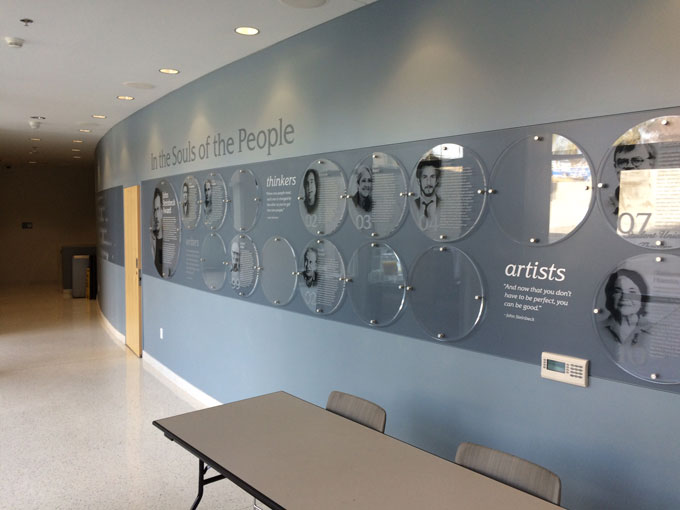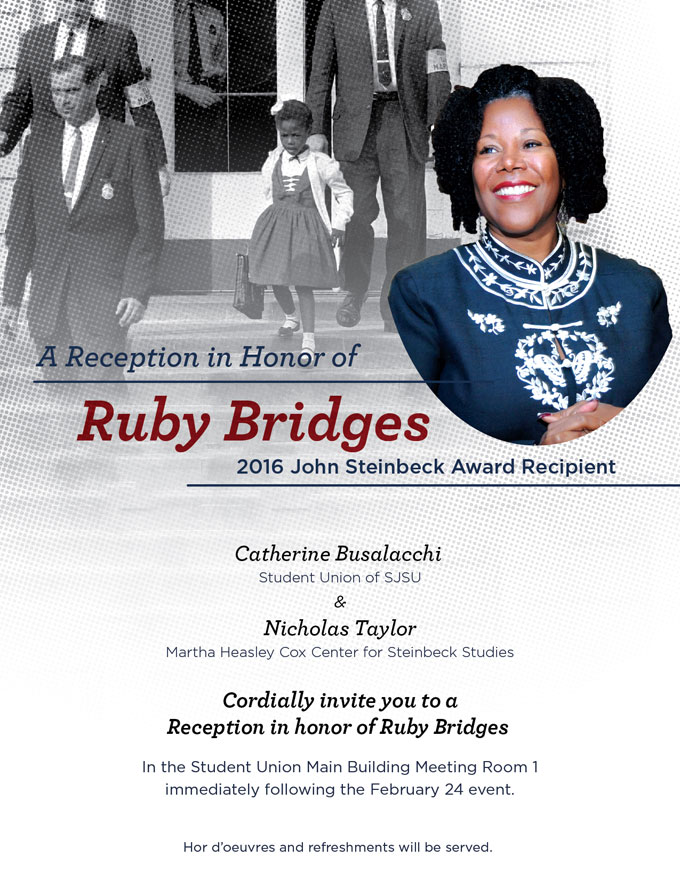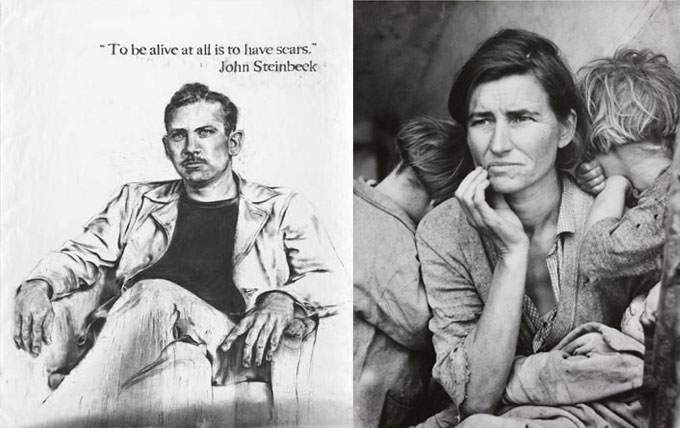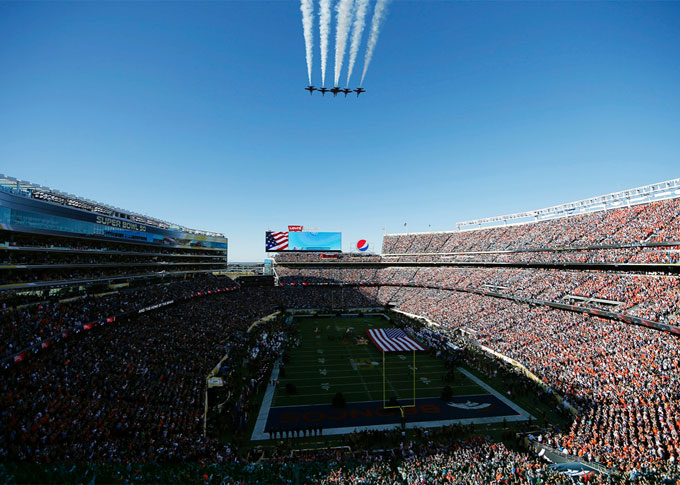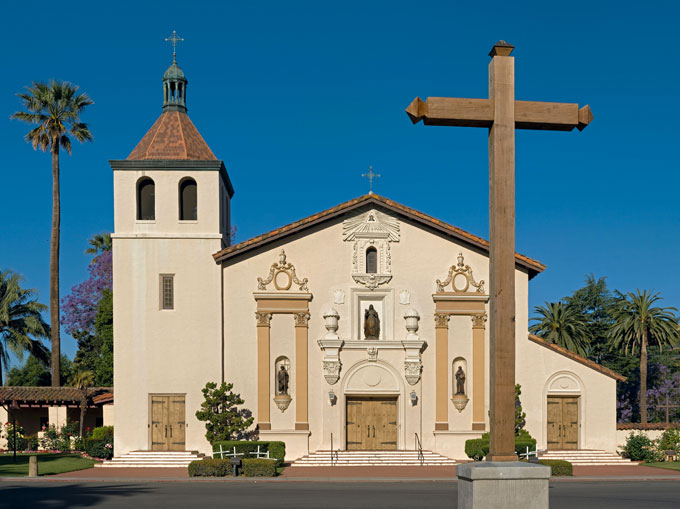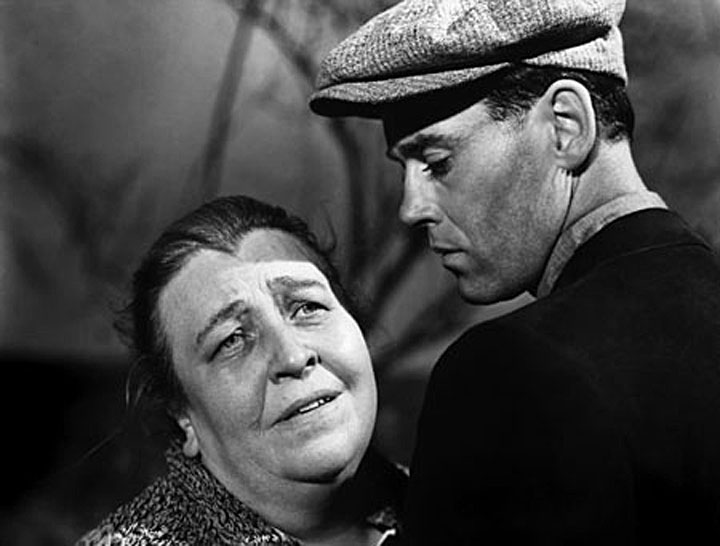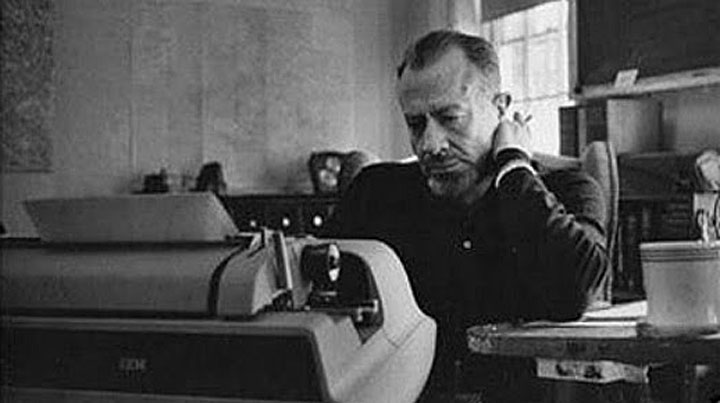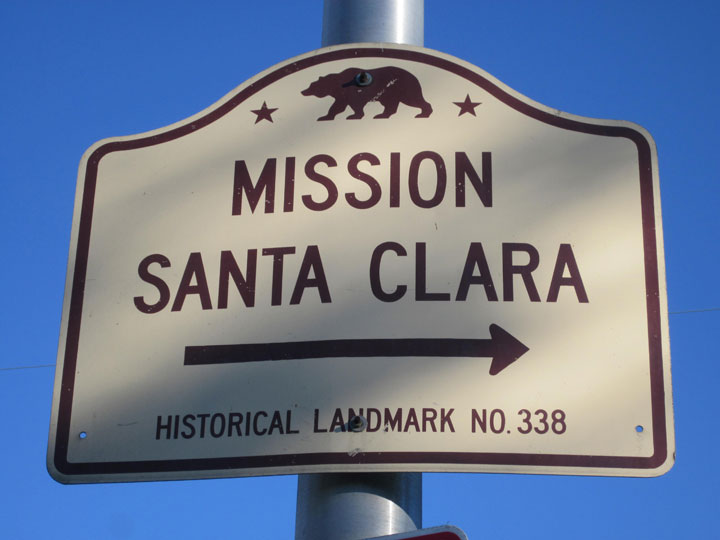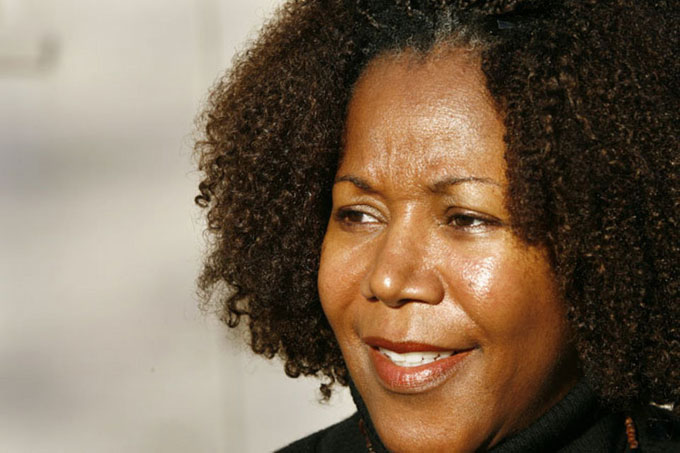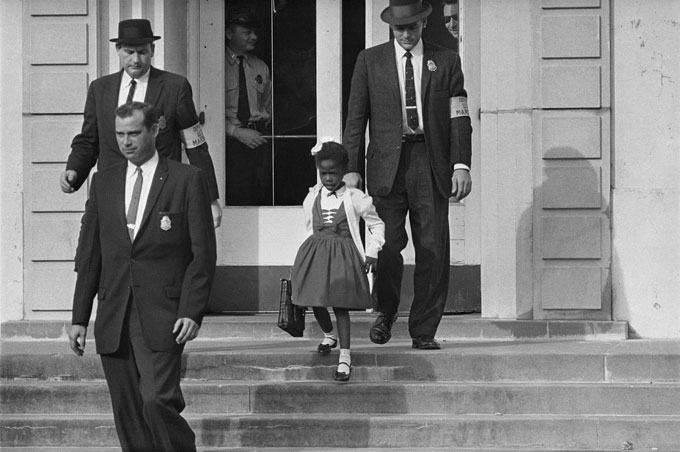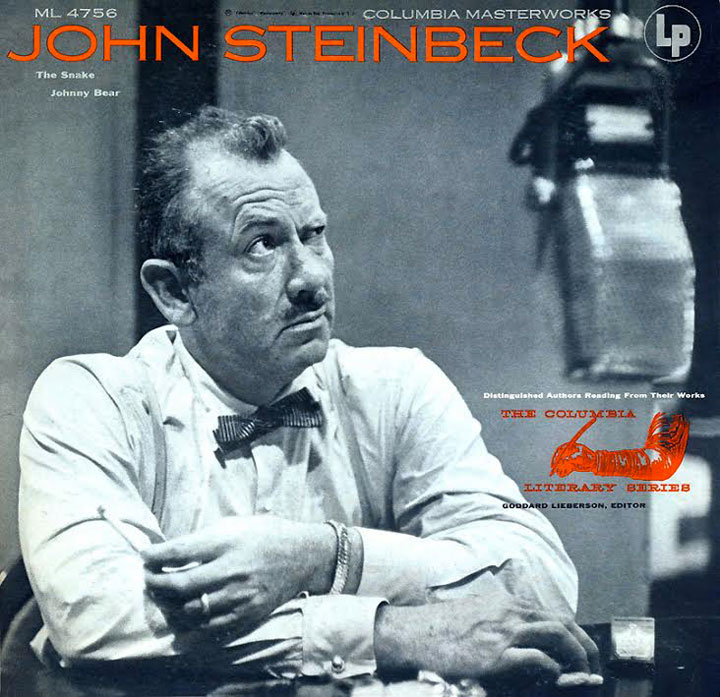Literary critics and conferences gave John Steinbeck a pain, but he liked beer and enjoyed parties, so it’s easy to imagine him making an exception for the literary conference and the festival held in his name earlier this month in San Jose and Salinas, California. Each event was scheduled with the other in mind, and the planning paid off: star Steinbeck scholars appeared at both, attendance was up from previous years, and Sea of Cortez got the attention it deserved on its 75th anniversary (several experts said it was their second favorite book by Steinbeck). The May 4-6 John Steinbeck conference at San Jose State University attracted scholars, students, and fans from as far away as Israel and Japan and featured keynote addresses by Steinbeck stars who flew in from points east and midwest for the conference, and for the May 6-8 Steinbeck Festival in Salinas. During the opening address in San Jose, Richard Astro recalled his experience as a visiting professor during early Solidarity days in Poland, where Steinbeck was remembered for providing words of comfort to Warsaw after John Kennedy was killed, and where the author of The Grapes of Wrath remains more popular than his contemporaries (“John Steinbeck is more international than Faulkner, Hemingway, or Fitzgerald by far”). The next day, Robert DeMott described his experience of discovery in the 1970s and 1980s exploring the untapped “archival biography” he found in various Steinbeck collections around the U.S. His 1989 edition of the double journal Steinbeck kept while writing The Grapes of Wrath has become a classic, adding to our understanding of Steinbeck and complementing the epistolary journal published in 1969 in connection with East of Eden (“John Steinbeck’s great subject was family”).
Something for Every Taste at Steinbeck Festival in Salinas
The morning after his talk to followers at the San Jose conference, DeMott fanned the flame of Steinbeck worship for attendees of the 35th Steinbeck Festival, hosted by the National Steinbeck Center in Salinas, California. The Salinas organization is under new management, and it showed in the festival’s quality, energy, and diversity. Susan Shillinglaw, the new director, is an entrepreneurial scholar and impresario who shares Steinbeck’s love of travel (Sea of Cortez; Tibilisi, Georgia) and liquid refreshment (festival craft beer courtesy of the Salinas Steinbeck Rotary Club). Adding fuel to the spark set by DeMott was a pair of inspired speakers with a new approach to the subject of John Steinbeck. William Souder, the Minnesota journalist who has written brilliant biographies of John James Audubon and Rachel Carson, told his listeners how and why he chose to write a new life of John Steinbeck that focuses on global themes like ecology and social justice. Gavin Jones also views Steinbeck through a large lens, and he explained the book he is writing, one with the working title “Race, Species, Planet: Steinbeck and the Western World.” A native of the Welsh-English border country explored by Steinbeck in his search for King Arthur, Jones is a Stanford University professor with a capacious vocabulary and a novel perspective on Steinbeck as a writer of “anthropocene fiction,” in which human behavior affects and is influenced by drought, flood, and other portents of climate change. Heavy going for a Friday in May perhaps, but the crowd in Salinas didn’t flag. Like Steinbeck after writing nonstop or collecting specimens on the Sea of Cortez, they knew a beer was waiting in the cooler the next day.
Photo of John Steinbeck beer by Eric Mora, National Steinbeck Center.
